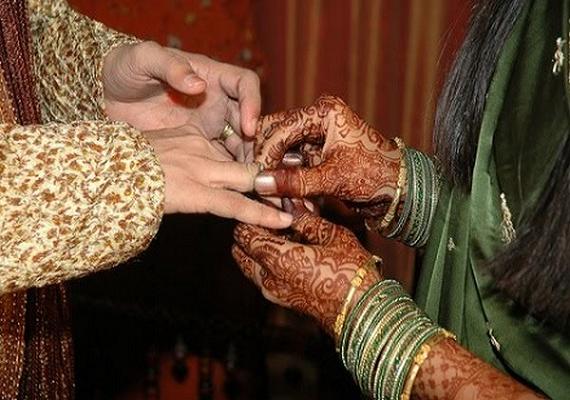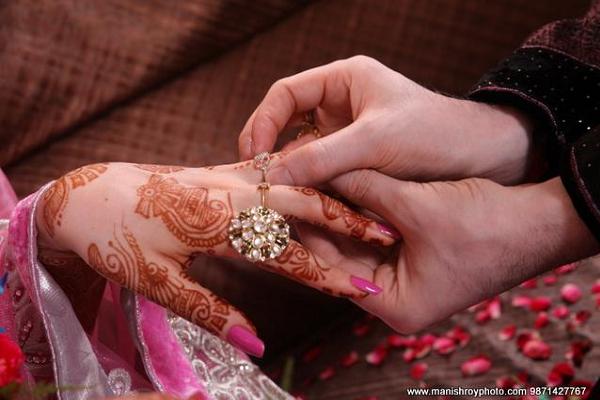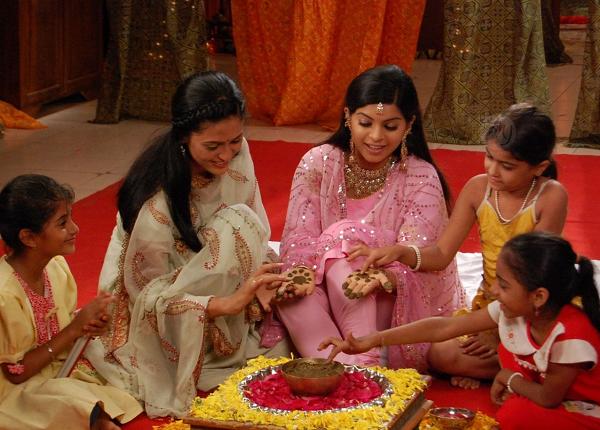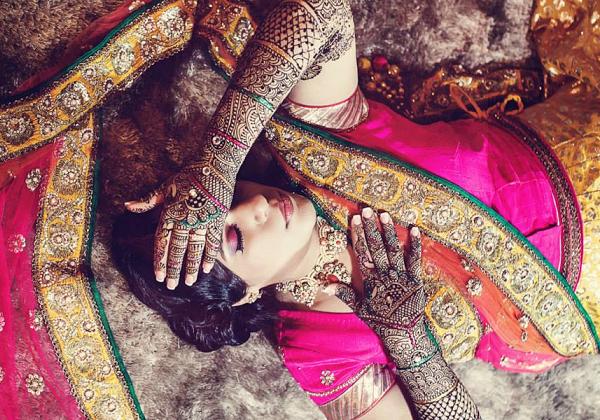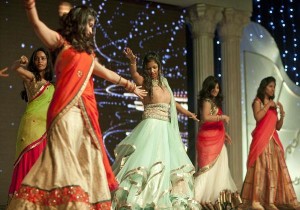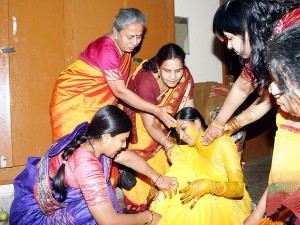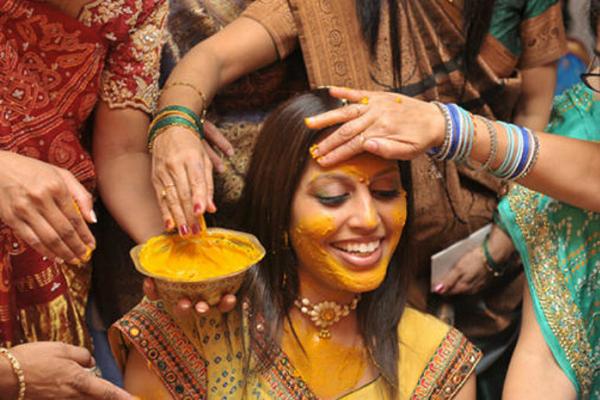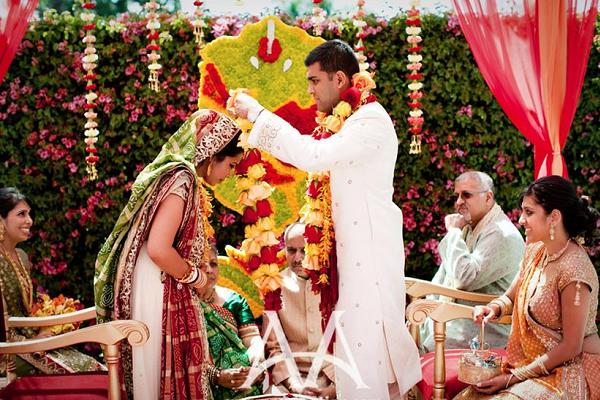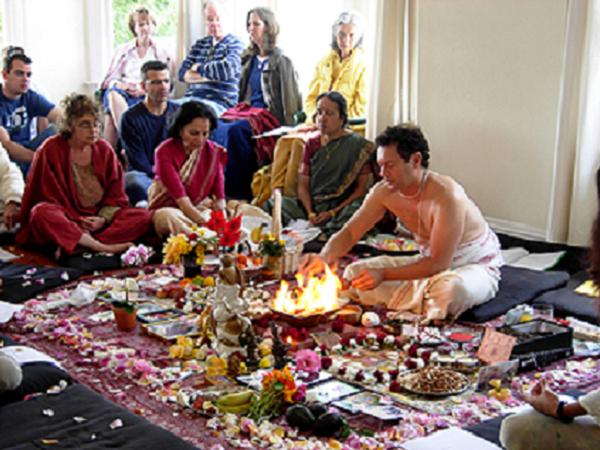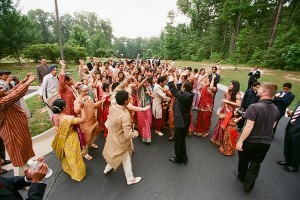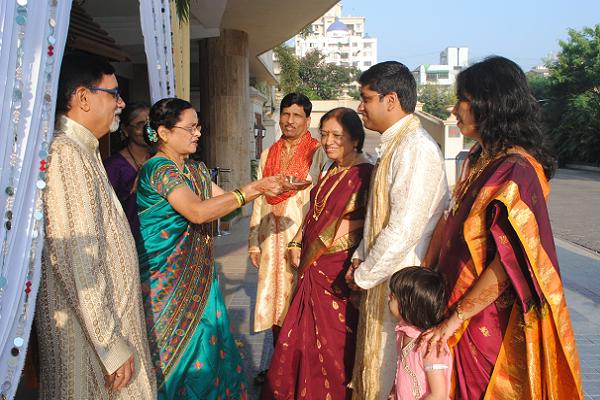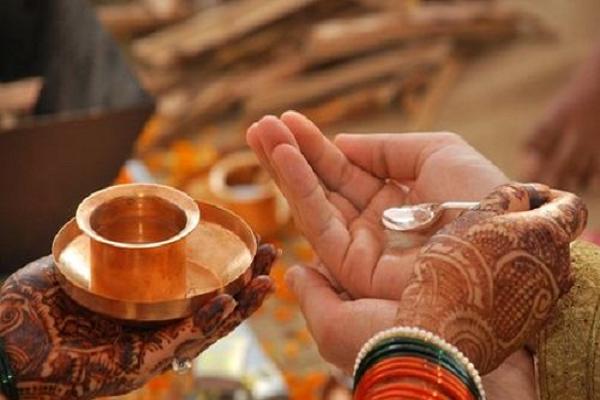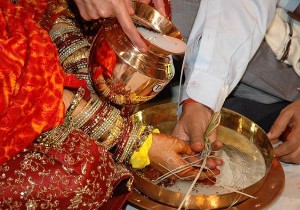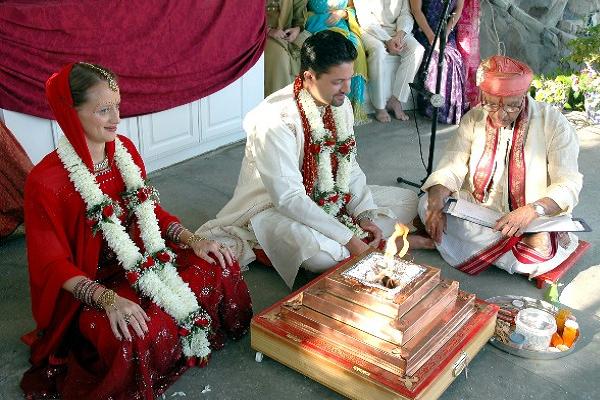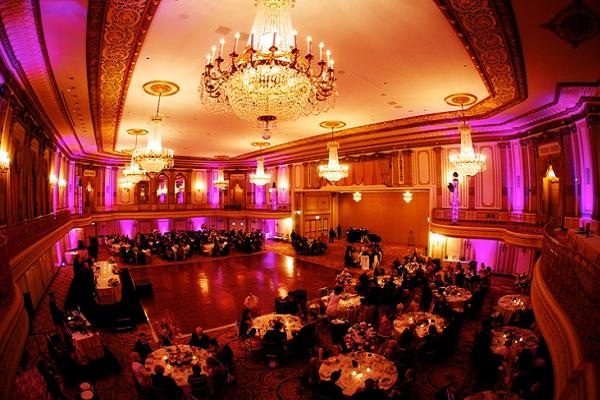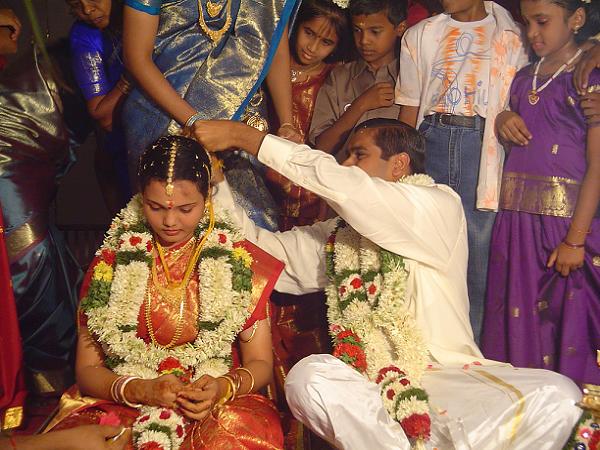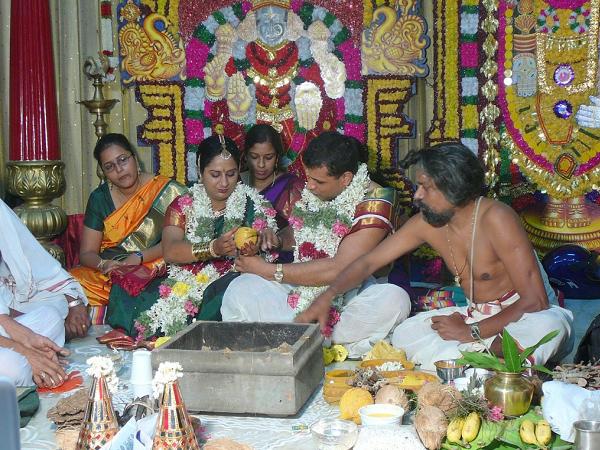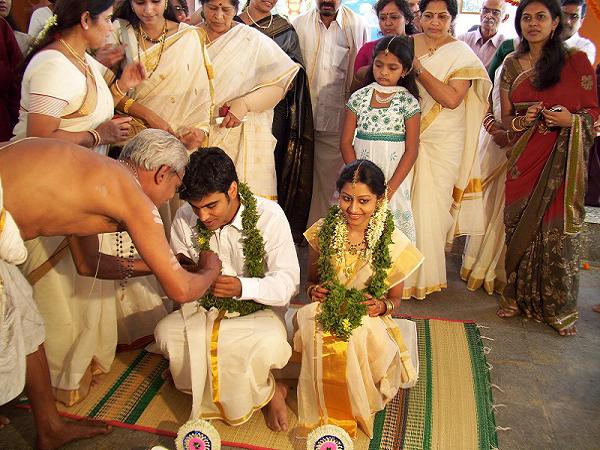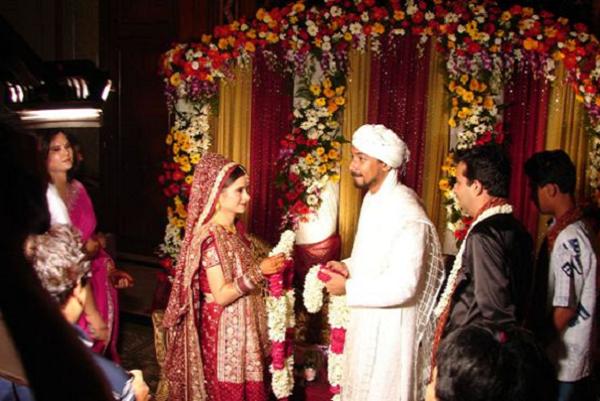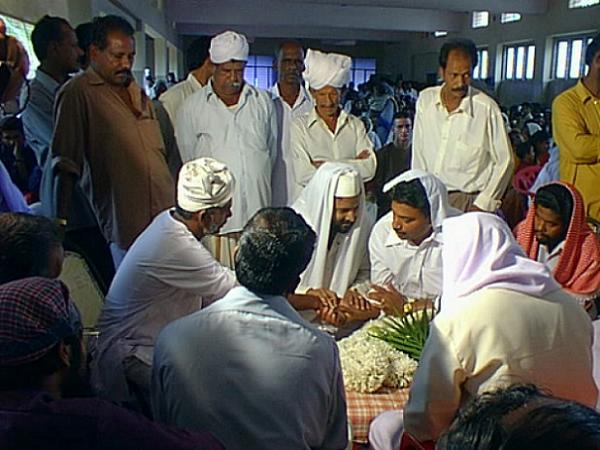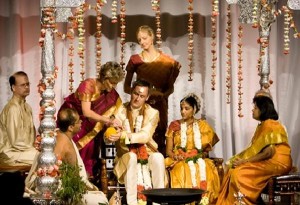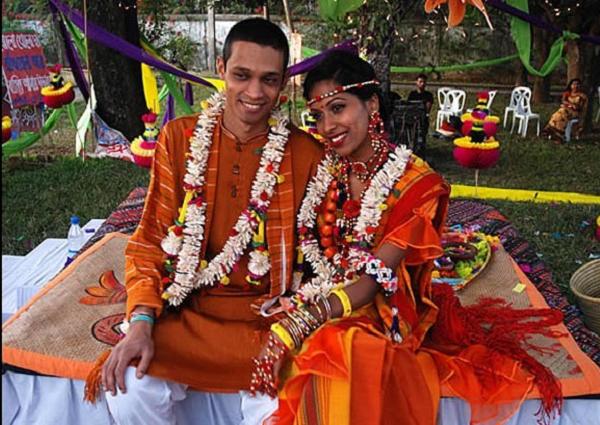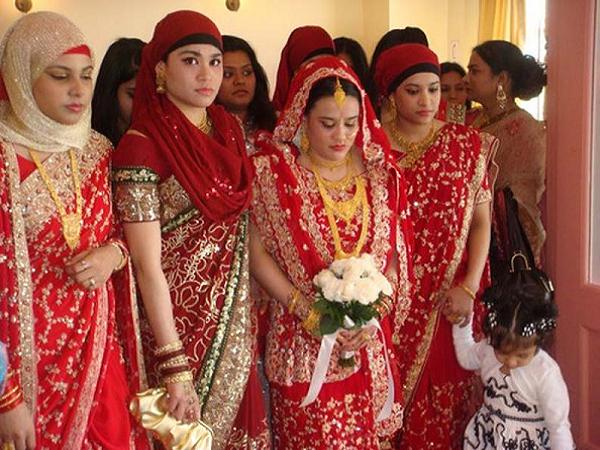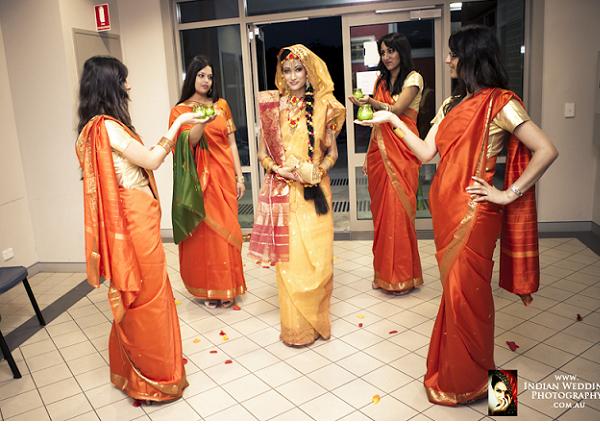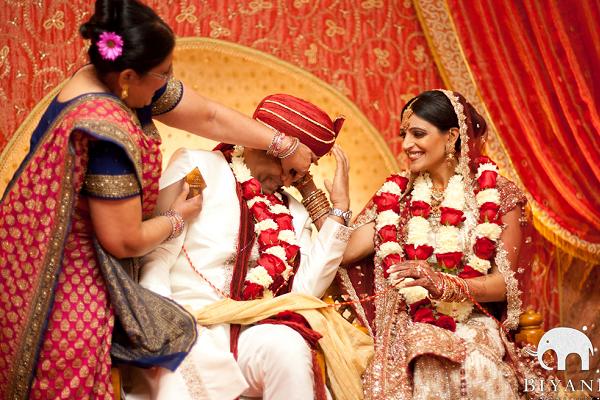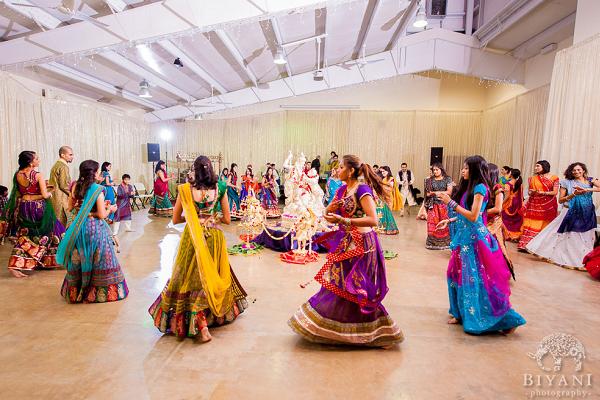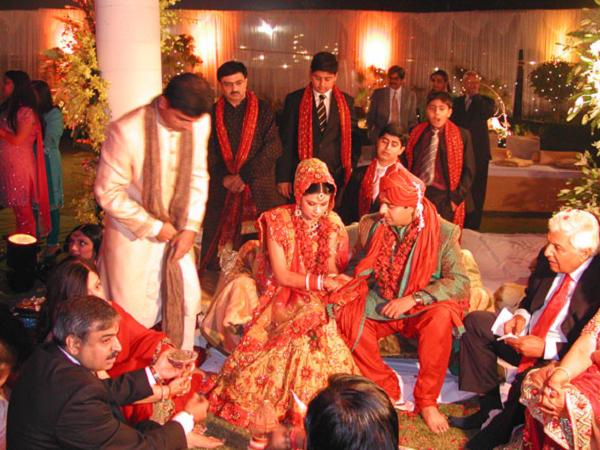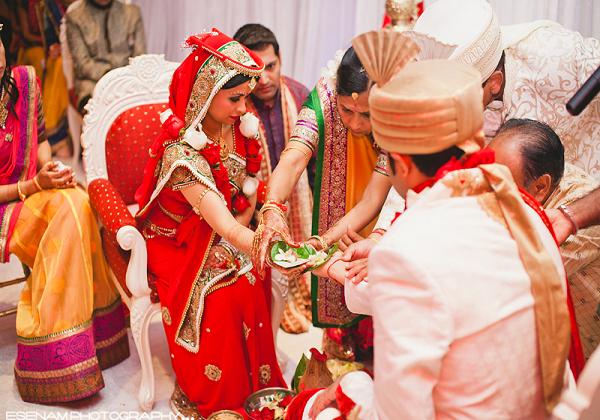
Indian weddings are bright and colorful. Traditional wedding ceremonies may last for 3-4 days. Grandeur, color and fun are seamlessly blended with culture and heritage in Indian weddings. Each ritual has a story or a deep meaning to it. Detailed traditions of Hindu wedding can be found in ancient scripture named ‘Manusmriti’. Indian wedding traditions can be broadly classified in pre-wedding rituals, the wedding ceremony and the post wedding rituals.
Image :esenamphotography.com
Indian Wedding Rituals, hindu wedding rituals
Shagun ceremony
Traditionally the shagun ceremony holds an important place in the pre-wedding rituals. Once the girl and the boy have consented to the marriage, the elders in the families chose an auspicious date for the shagun ceremony. This date may be calculated with help of astral calendar often known as Panchanga. On the day of the Shagun, groom’s mother visits the bride’s house with gifts, clothes, betel nut, rice and incense. Jewelry and sweets are also added to the Shagun. Acceptance of the shagun by the bride signifies her formal consent to be the daughter in law of the family.
Image Courtesy: dravasp.wordpress.com
Mangni ceremony, Misri or Sagaai:
Mangni or Sagaai refers to the engagement ceremony where the girl and boy exchange rings in the presence of the elders and friends. Sagaai is a grand affair just like the wedding ceremony. It is accompanied by fun, dance and music. Lavish feast is designed for Sagaai. Sagaai ceremony marks the mutual agreement and consent for marriage by both the families.
Mangni Ceremony is known as wedding engagement or wedding nishwayam in south india
Photo of Traditional Wedding Engagement in India
Another Indian Engagement Ceremony
image: Nupur
Mehndi Ceremony:
Image Courtesy: bollycurry.com
this is one of the most awaited wedding rituals. Mehndi ceremony is organized by the women of the house. Female guests are invited to participate in the Mehndi function that is marked with music and dance. Mother of the bride applies a small dot of Mehndi on bride’s small finger. An expert Mehndi artist then draws intricate Mehndi designs containing auspicious symbols on bride’s hands and feet. Other women may also indulge in applying simple Arabic Mehndi designs on their hands. Modern day brides may opt for simple Arabic Mehndi designs on the back of the hand and traditional Indian designs on the palm. Mehndi is often organized in evenings and guests are offered sumptuous dinner. Mother of the bride may also ask the Mehndi artist to write the groom’s name amidst the Mehndi design. The groom has to find the name in post wedding rituals.
Indian Bride
image: http://nadiadphotography.zenfolio.com/
Sangeet ceremony:
Sangeet ceremony is held in the house of the bride and the groom separately. Sangeet ceremony consists of music, dance and fun. Bride’s friends revel in teasing the bride about her future husband. Elders of the house sing traditional songs and bless the bride. Sangeet ceremony also involves pampering the bride as she is nearing the last stage of her single life. Some communities may have different ceremonies within the Sangeet ceremony itself. Churi ceremony may be held with the Sangeet function. In this ceremony, all the women are presented with different bangles of their choice.
image :blogspot.com
Image: india-forums.com
Haldi ceremony:
Haldi ceremony is conducted a day prior to the wedding. Freshly ground turmeric mixed with fragrant extracts of jasmine and sandalwood is applied on the bride and the groom’s body. Turmeric holds a special place in Hindu culture. It is considered auspicious. It is believed that Haldi ceremony imparts a natural glow to the bride and the groom. Raw turmeric stick (halkund) is tied to a yellow thread and is tied around the bride’s hand. Bride and the groom are not supposed to leave their houses until the day of the wedding ceremony.image:varanasialive.com
Haldi Ceremony More photos
Indian Wedding Day
Navagraha puja:
Navgraha puja is performed separately at the bride and the groom’s houses in order to seek blessings from the nine planets. Navgraha puja is generally performed by the family priest.
Baraat:
Baraat is the wedding procession, where the groom arrives at the wedding venue on a white mare. Friends, relatives and family members of the groom accompany Baraat. Music is played with brass band party and relatives and family members dance throughout the procession.
Varah Satkara:
Var refers to the groom in Sanskrit. Varah Satkara is the ceremony where the bride’s mother welcomes the groom by applying tilak and rice grains on his forehead. Groom is then seated on a special chair, where the bride’s brother or relative washes the groom’s feet. The groom then gifts the bride’s brother.
Vara Satkaarah Photo
Madhuparka:
father of the bride then welcomes the groom to the vivaah mandap. Holy fire is lit by the priest, who starts chanting the Vedic verses signifying the start of the wedding. Lighting of holy fire is also known as vivaah homa. After the vivaah homa is lit, the priest chants Vedic verses for the groom. After sometime, the bride’s sister or the sister in law guides the bride to the vivaah mandap, where she is seated next to the groom. Bride and the groom repeat the verses as directed by the priest.
Image: aacreation.com
Kanyadaan
Kanyaa daan refers to giving away the daughter in marriage. During the Kanyaa daan ceremony, father gives the bride’s left hand in the groom’s right hand for the marriage. The groom promises the bride’s father that he shall protect her and be with her in good times and bad times.
Paani- graham: during this ceremony, the groom accepts the bride as his lawfully wedded wife.
Image :blogspot.com
KanyaDaan More Image
Image: flickr.com
Lajja homa
the couple now offers ablutions of puffed rice to the vivaah homa.
Shila Arohan:
in this ceremony, the bride has to stand on a stone slab, marking her entrance into the married life. She is then counseled by her mother about being a good wife and a good daughter in law.
Sapta-padi or Mangal phera: During this ceremony, the bride and the groom take seven phera around the vivaah homa. Each phera symbolizes the marriage vow. It is also believed that the seven pheras mark the union for seven births. For the first four pheras, the groom leads the bride and for the next three pheras, bride leads the groom.
Mangal Aashirwad: during this ceremony, the newlywed couple seeks blessings from the elders in both the families.
Anna Prashan: The newlywed couple breaks their fast by feeding each other a morsel of food. Wedding guests are also served food.
More wedding Rituals
indian wedding Reception
Reception is held either on the same day or on the next day of the marriage. The couple is seated on a stage, where all the relatives and friends wish them a happy married life and present them with gifts.
Image Courtesy: kevinweinstein.com
Griha Pravesh:
bride is welcomed in to her new house by her mother in law by applying Tilak on her forehead. She seeks blessings from the elders in the family. After the Griha Pravesh the bride and groom have to participate in various fun filled games where they are pitted against each other. Some of these games include, finding the ring from bowl of water mixed with milk, turmeric, kumkum and rose petals. Winner of this game is said to be dominant of the two. These games are played with the idea of comforting the bride and helping her to adapt with the family members.
Path phera:
bride returns to her mother’s house on the fourth day after the wedding. The groom’s family visits the bride’s house on the fifth day to take her back to her lawfully wedded house. Bride’s family members prepare a lavish feast to welcome the groom and his family for the Path-phera.
You can see photos of different Indian Wedding Traditions
North Indian Wedding Traditions
South Indian wedding traditions
South India is considered as Tamil nadu, Kerala Kannada, and Andhra pradesh. These states were under madras presidency under British rule. The culture and traditions of this states are little different from north India Marriages and religious ceremonies are little bit different from north Indian traditions
Tamil wedding rituals
Tamil Wedding Tradition
Tamilnadu is a prominent state of southindia. They follow tamil customs and traditions that is observed by Tamils in India, Sri Lanka, Malaysia etc
image: flickr.com
Kerala Wedding Traditions
kerala is a small state in south india. Their traditions and living style is little bit different than other south Indian states. Their living style is a mixture of south indian and of Bengal, an eastern state of India. You can see their wedding ceremony in below image
Image Courtesy : sree-fragrance.blogspot.com.au
Hindu wedding traditions
You can see photos of Hindu Wedding Traditions
Indian Muslim Wedding Traditions
Indian Muslims follow the Islamic wedding traditions, that is blended with Indian culture. All rituals will be islamic way and the functions and food will be on inidan style
East Indian wedding traditions
Hindu weddings are done in front of fire (witnessed by fire god) and lot rituals and traditions are observed. Though India is a diversified country with different traditions and culture from north to south and east to west, we can observe common traditions in marriage across India, like doing the ritual, witnessing by fire etc etc. Another common tradition observed all over India is bride garlanding the groom.The East Indian wedding traditions mainly include the marriage of West Bengal, Orissa, Assam and other northeastern states of India.
Bengali wedding
Bengali wedding ceremonies have lot of meaningful rituals. You can find plenty of Bengali wedding traditions and customs, which make close relatives and friends share joyous moments on this auspicious occasions. Marriage procession from the groom to bride’s house will get a hearty welcome with fresh flowers. An elderly female from brides side will bless the groom by touching his for head with love and affection. They will offer sweets and sherbets to groom and the party. When the groom and bride first look together they perform a ritual to wish all blessings for their future life
Bengali Muslim Bride
west Indian wedding traditions
Image Courtesy: indianweddingphotography.com.au
Gujarati Wedding Traditions
Image: biyaniphoto.com
Gujarati Wedding with Garba Dance
Image: biyaniphoto.com/s
Punjabi Wedding Traditions
More About Wedding Traditions
- Wedding Traditions Around the World
- Muslim Wedding Traditions
- german wedding traditions
- pakistani wedding btraditions
- irish-wedding-traditions







